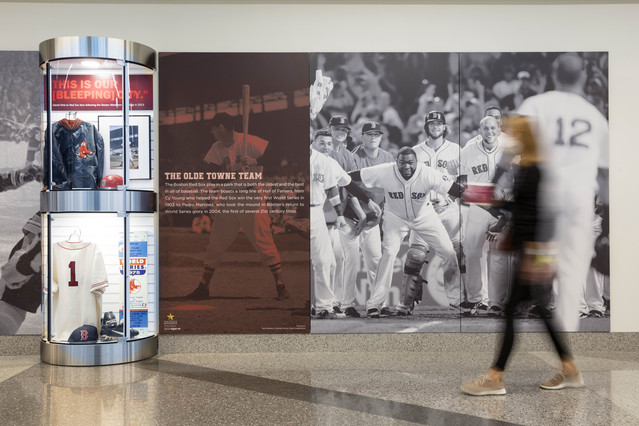From curb to gate: It’s all about the user experience
Airports are not just platforms for mobility. They are nexus points for society where people converge and diverge, their individual stories interconnecting in the full spectrum of human experience. A businessman hurriedly scans his phone checking for his flight. A child gazes in wonder as giant planes soar into the sky. A nursing mother exhales into the stillness of a peaceful wellness room. Travelers bring not only their belongings, but also their expectations, emotions, perceptions and desires as they pass through the terminal to their ultimate destinations.
What is a user-centered airport?
French anthropologist Marc Augé worried that many spaces in our modern world were becoming non-places that lacked attachment to their local surroundings and created a disconnect for those passing through them, from cookie-cutter hotel rooms to vacuous transit halls and rootless airports that left travelers wanting more.
Recognizing this, leading airports around the world are transforming from in-between spaces, where everything feels standardized and hurried, to places of experience, where local culture is expressed and user needs are elevated. A place where a business traveler can find a workspace and a child a playground. A fast-track for people in a hurry or a quiet rocking chair for respite-seekers. For those inclined to dwell, an art exhibition or a dining experience. At Boston Logan International Airport, passengers dine on fresh fare at Legal Seafoods akin to the city’s flagship restaurant. Likewise, in Madrid’s Barajas International Airport, travelers enjoy authentic Spanish tapas like jamón Ibérico.
A user-centered airport prioritizes well-being, carefully considering how environmental conditions like light, sound and ambient quality help ease the stress of travel and elicit feelings of delight. It provides simple, intuitive signage to help people find their way. It’s a place where the physical and digital converge to extend reality, where a traveler can connect, stream, share and immerse themself. It prioritizes physical and psychological accessibility, encouraging movement and providing the right amount of space arranged in the right ways to minimize crowding and wait times.
Why should airport operators prioritize user experience through design?
User-centered design is not only a philosophy but a practical platform to cultivate positive passenger experiences and ultimately keep those airport customers coming back.
A user-centered airport is also one that delivers benefits to its operators and its community. A one percent increase in passenger satisfaction generates growth of 1.5 percent in non-aeronautical revenue on average. Retail concessions remain the largest generator of non-aeronautical revenue at 30.2 percent and are forecasted to grow globally at $26.25 billion between now and 2025. In addition to the financial boost, airports — as gateways to their communities — foster civic pride when they positively reflect their local identity and generate positive impressions to the traveling public.
How does AECOM design airports for users?
To create spaces that elevate user experience, airport operators need a trusted partner who specializes in user-centered design and brings expertise in human behavior, well-being and environmental psychology. Over the past 50 years, AECOM’s People + Places Advisory (PPA) has worked with a broad range of clients — transportation centers, workplaces, universities, hospitals, and stadiums — to build industry-leading capabilities in user experience that puts people at the center of design.
PPA follows a rigorous, evidence-based process to help clients shape and elevate their customers’ experiences. Our approach involves up-front visioning with airport operators and their stakeholders to determine goals and performance metrics. We then dig deeper into user needs through surveys, interviews and focus groups.
We also use a mix of engaging and interactive design thinking exercises that put designers, operators and collaborators in the users’ shoes. This includes persona development, journey mapping, design fiction, and scenario planning, to name a few. These more subjective insights are validated with hard data on airport operations and passenger needs, benchmarks, academic research, and AECOM’s in-house expertise.
PPA partners with AECOM’s aviation design specialists to translate airport user needs into actionable design criteria. This collaboration weaves together traditional design requirements with experiential features, resulting in spaces that meet airports’ functional demands while creating unique “wow” moments throughout passengers’ journeys.
Perhaps the best part is that our process can be easily scaled up or down depending on each client’s specific needs. Our goal is always to help airport operators explore how sociocultural, economic and technological trends intersect with aviation design. By placing the focus on the airport’s myriad users and their diverse needs, we’re building a roadmap to delivering a resilient, enduring facility — an airport that brings the future to the present by personalizing the journey from curb to gate and everywhere in between.









